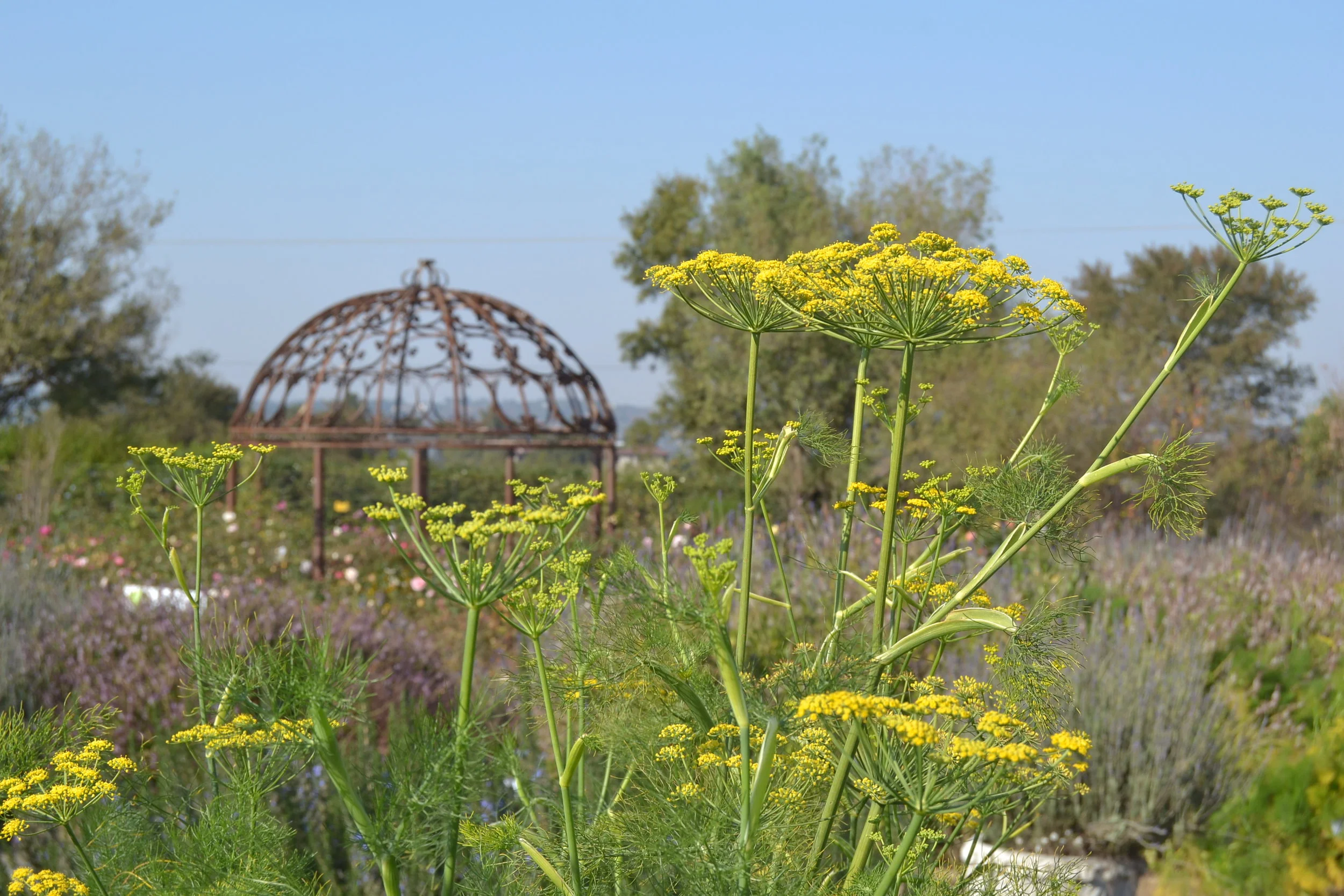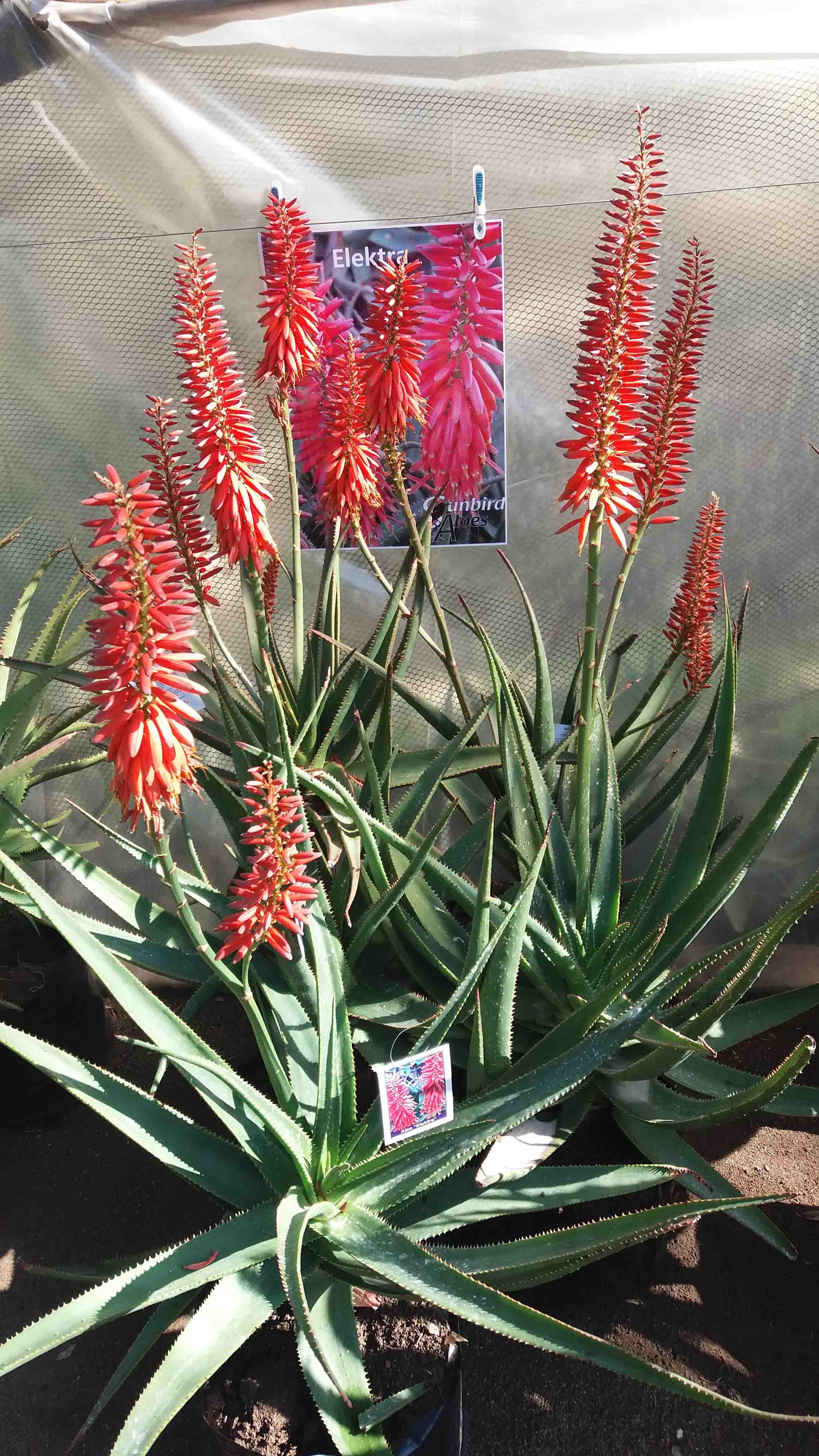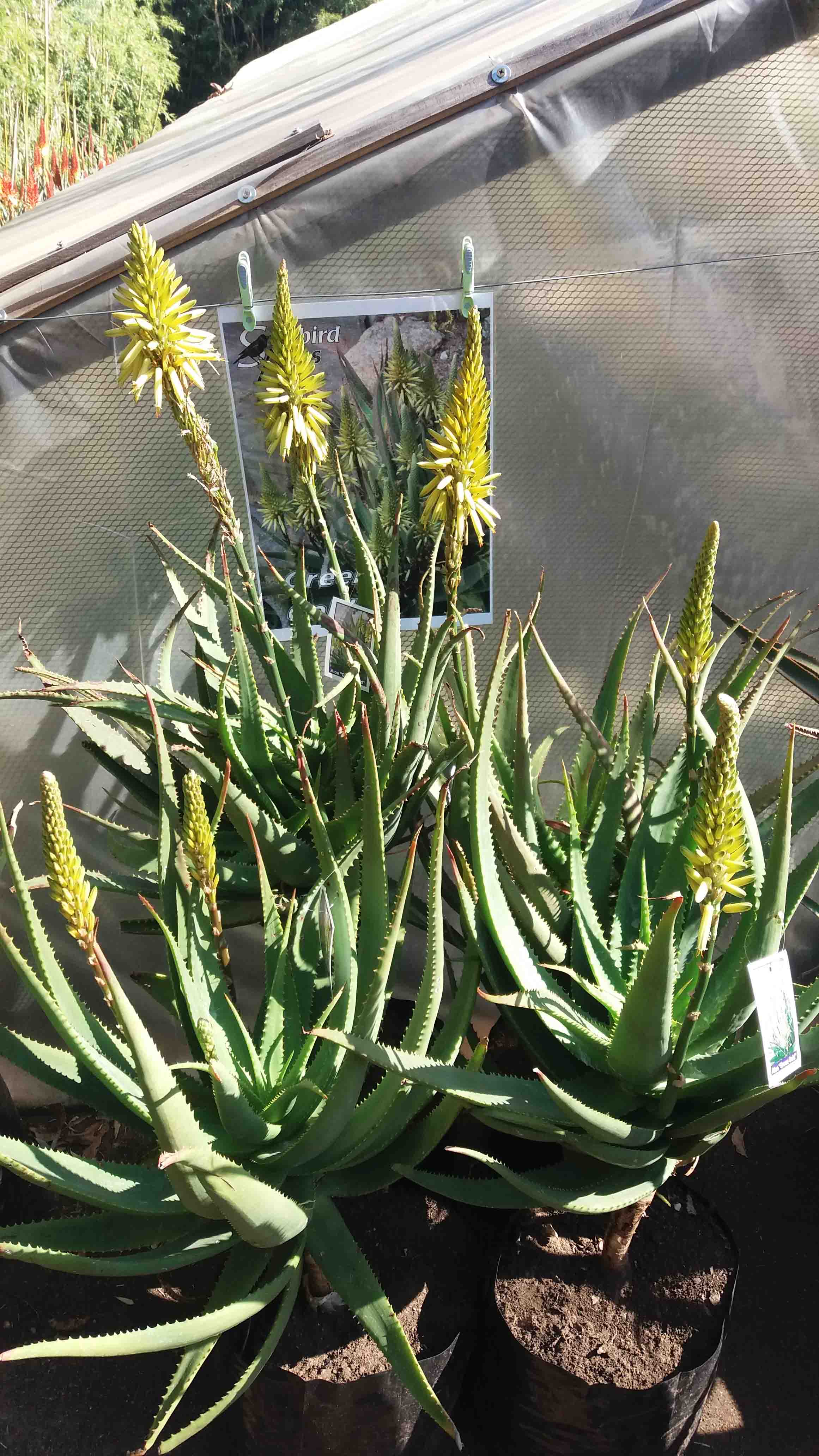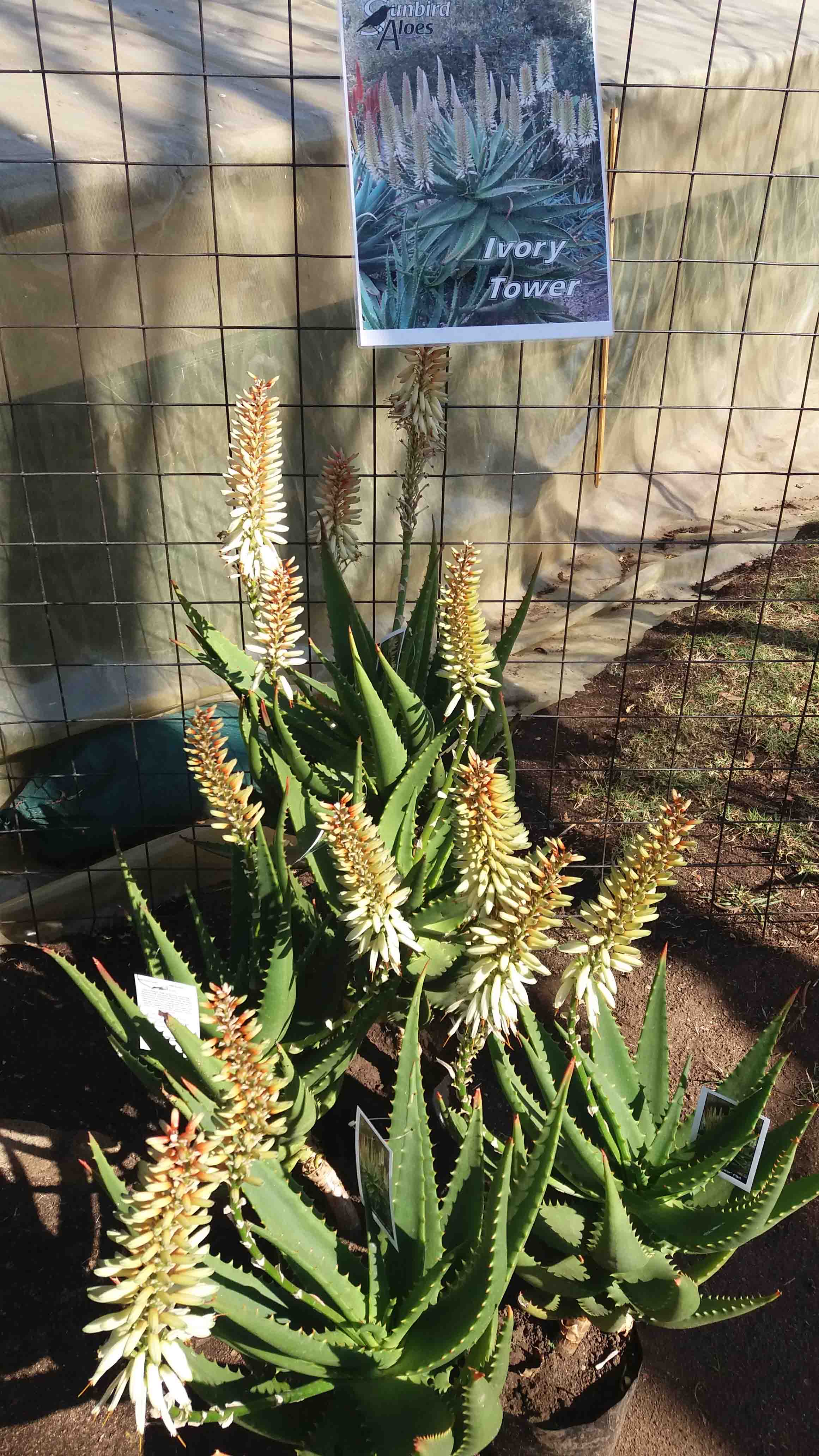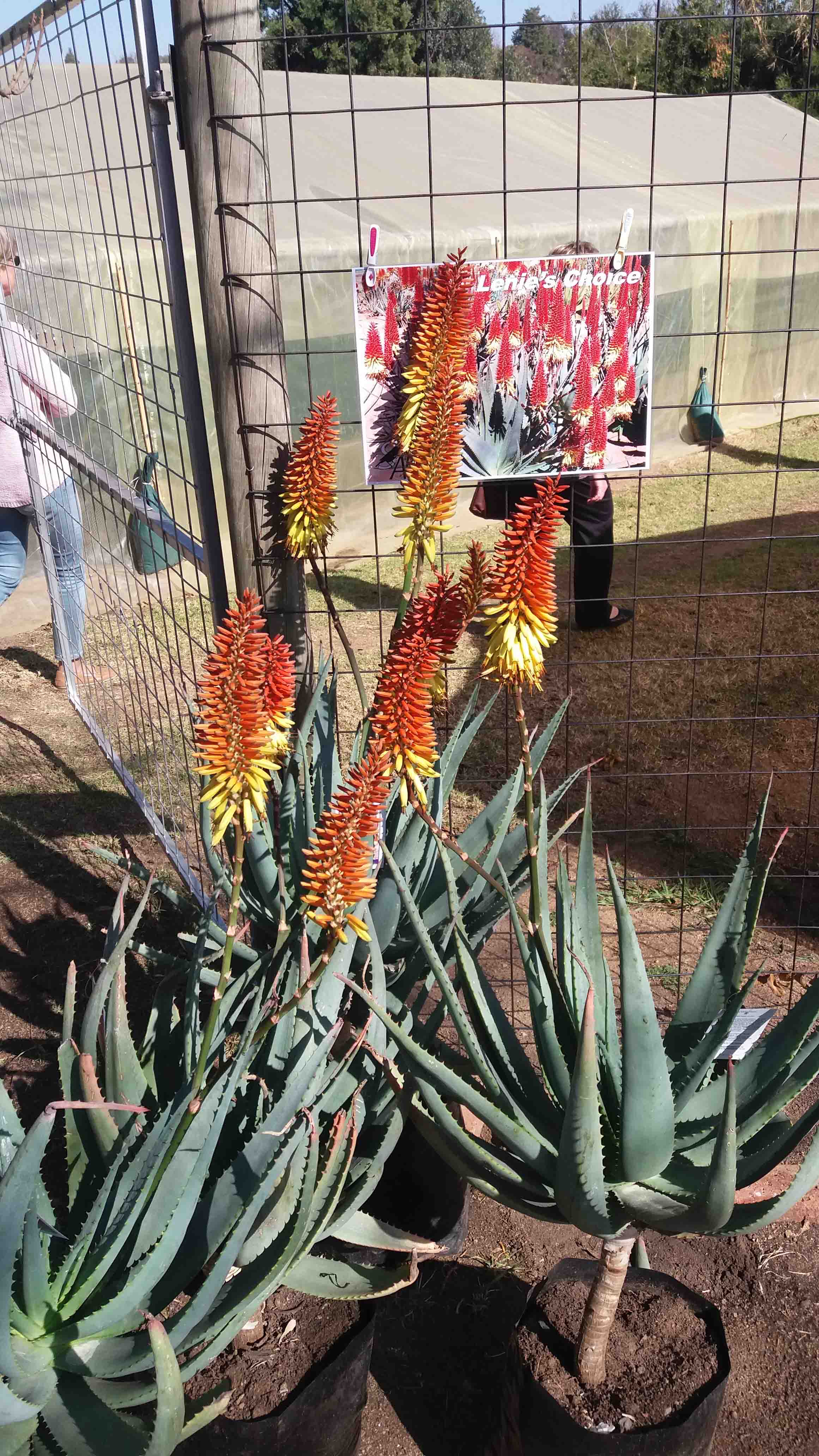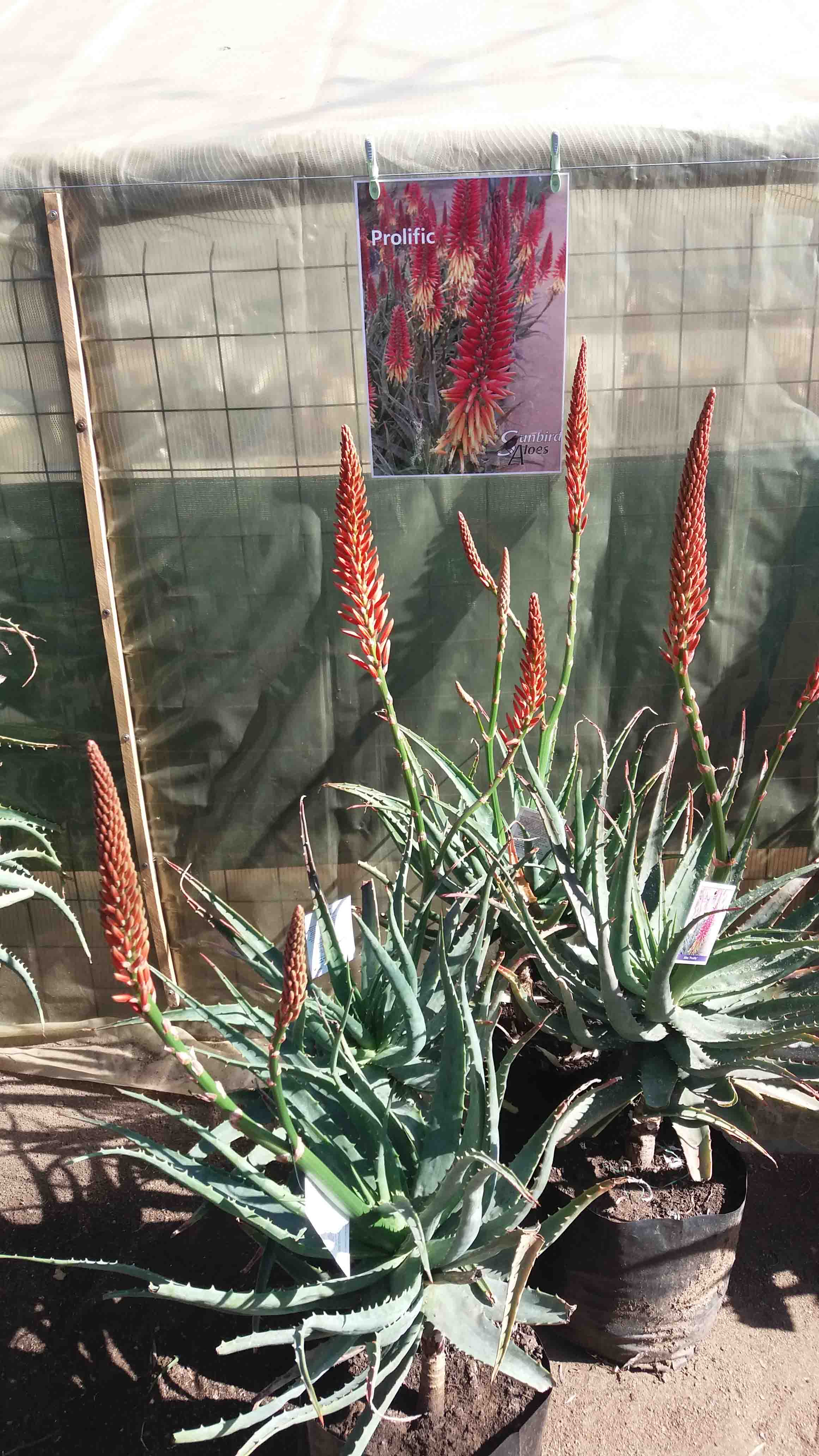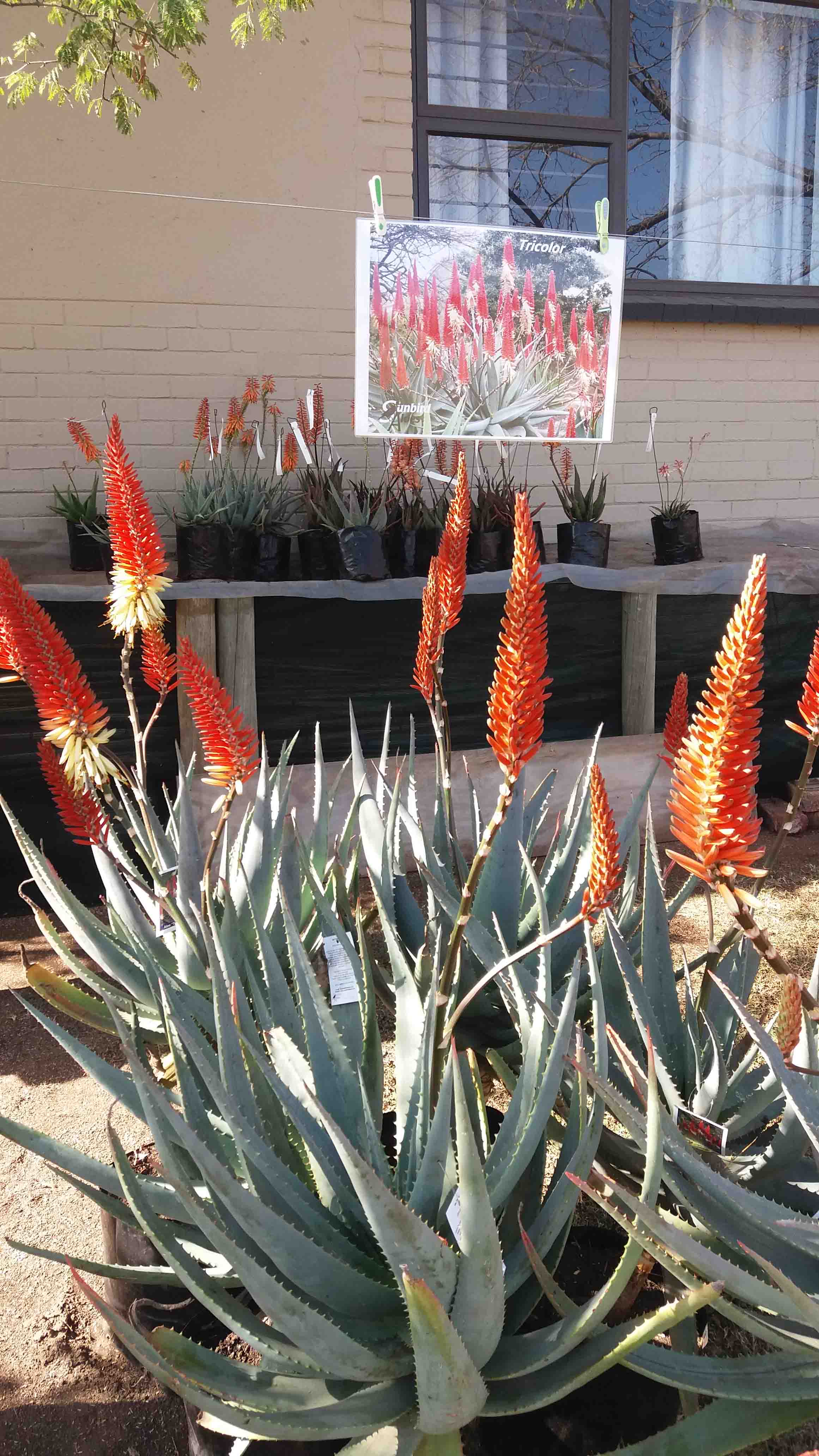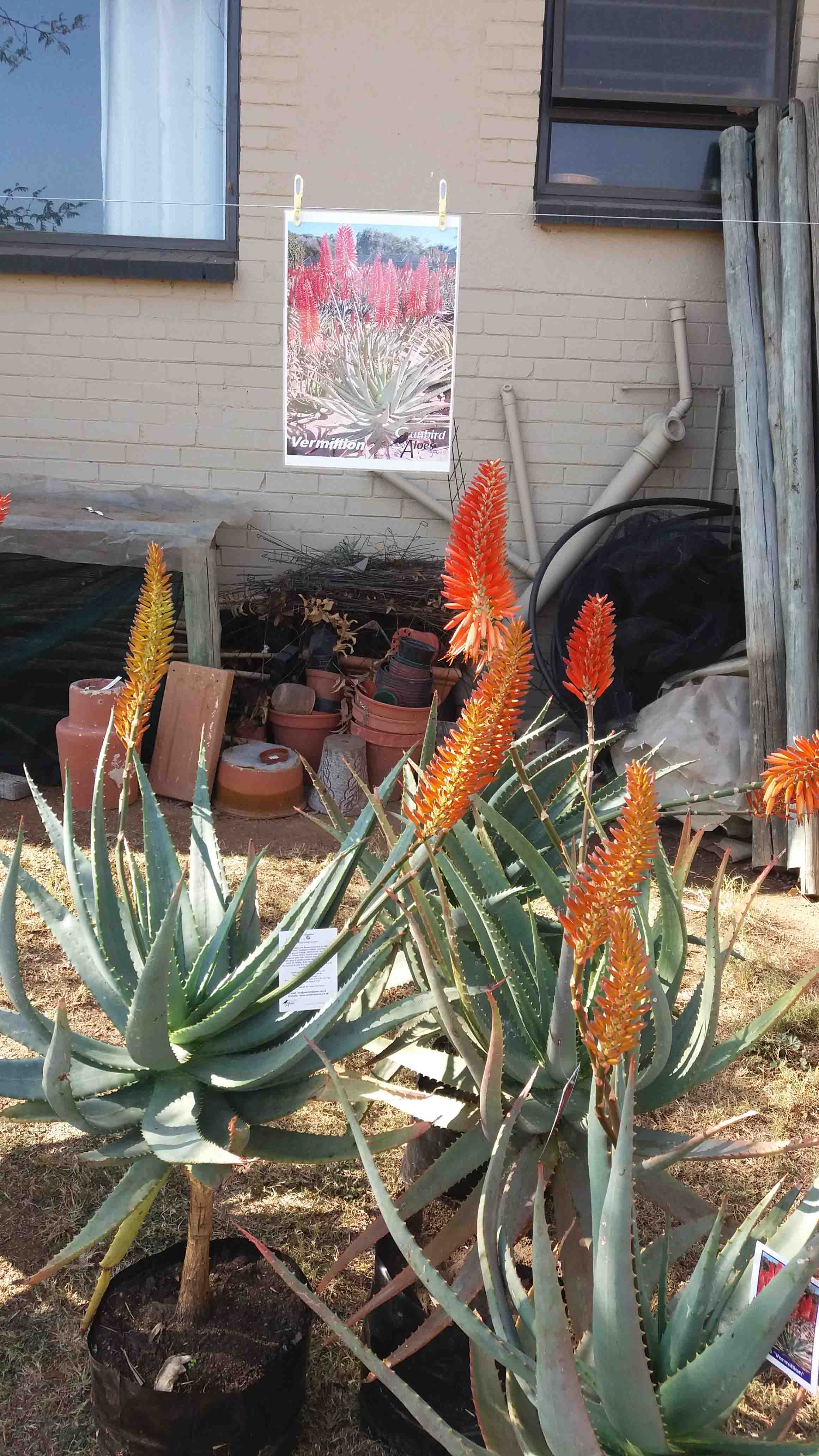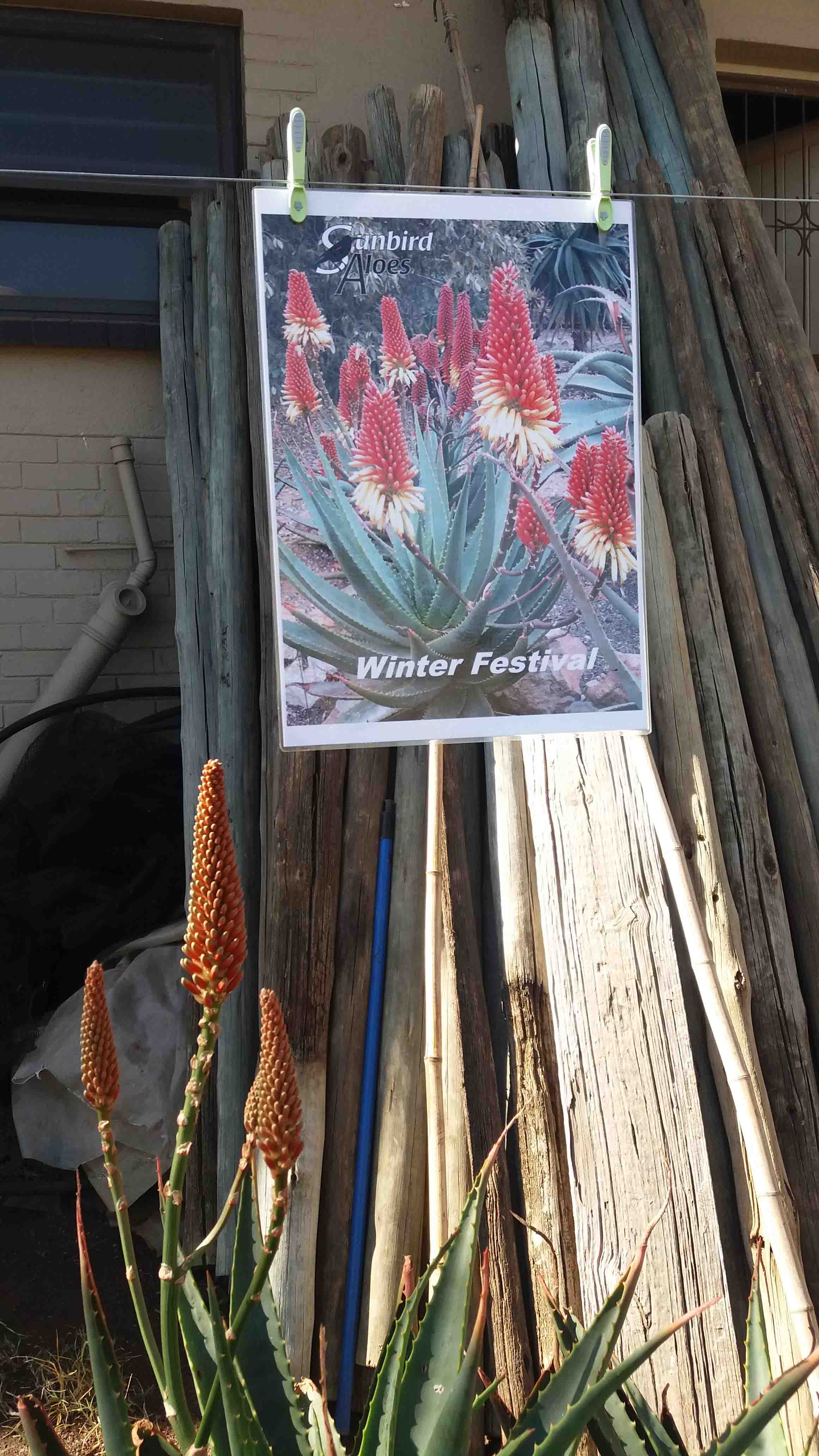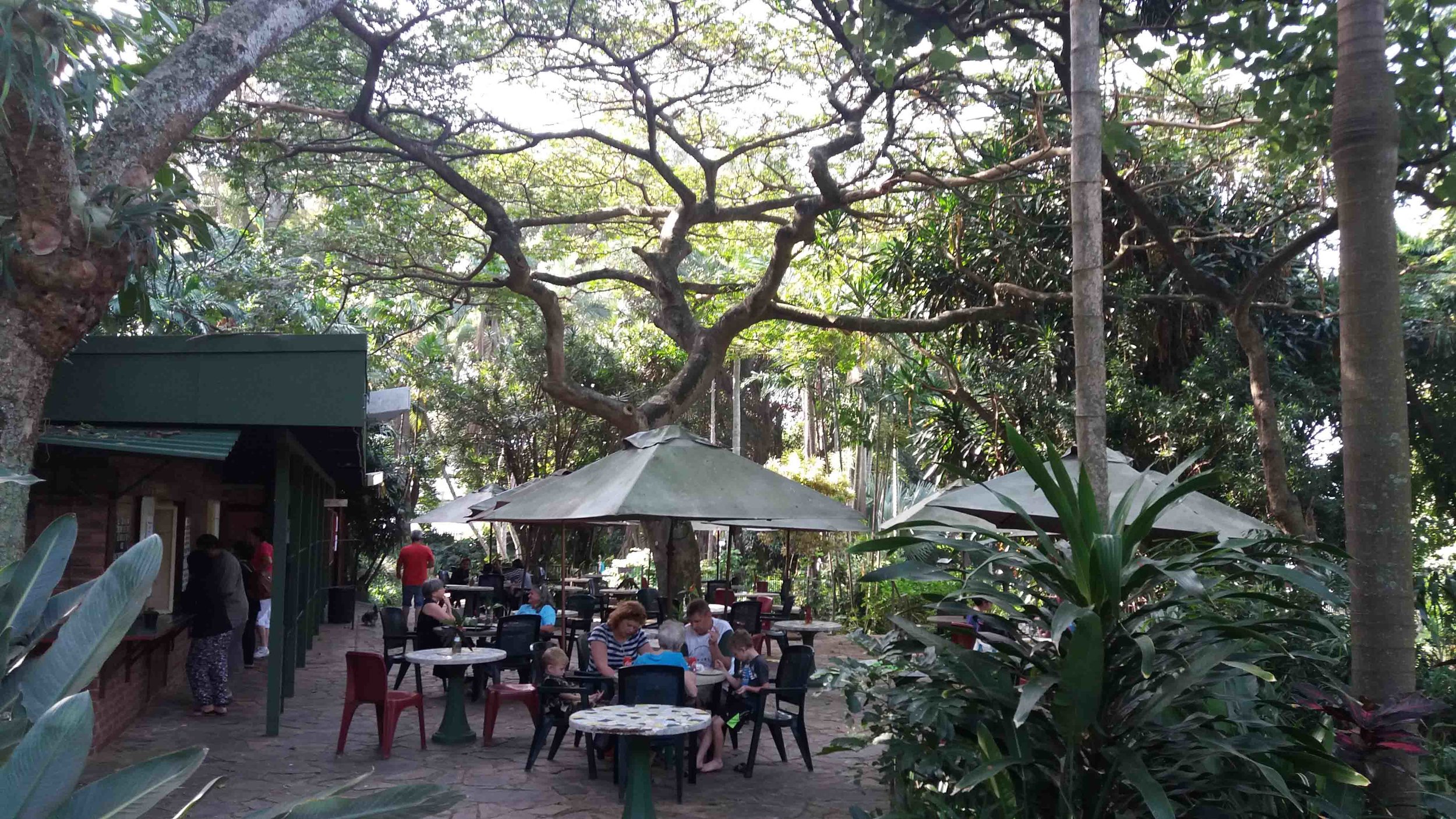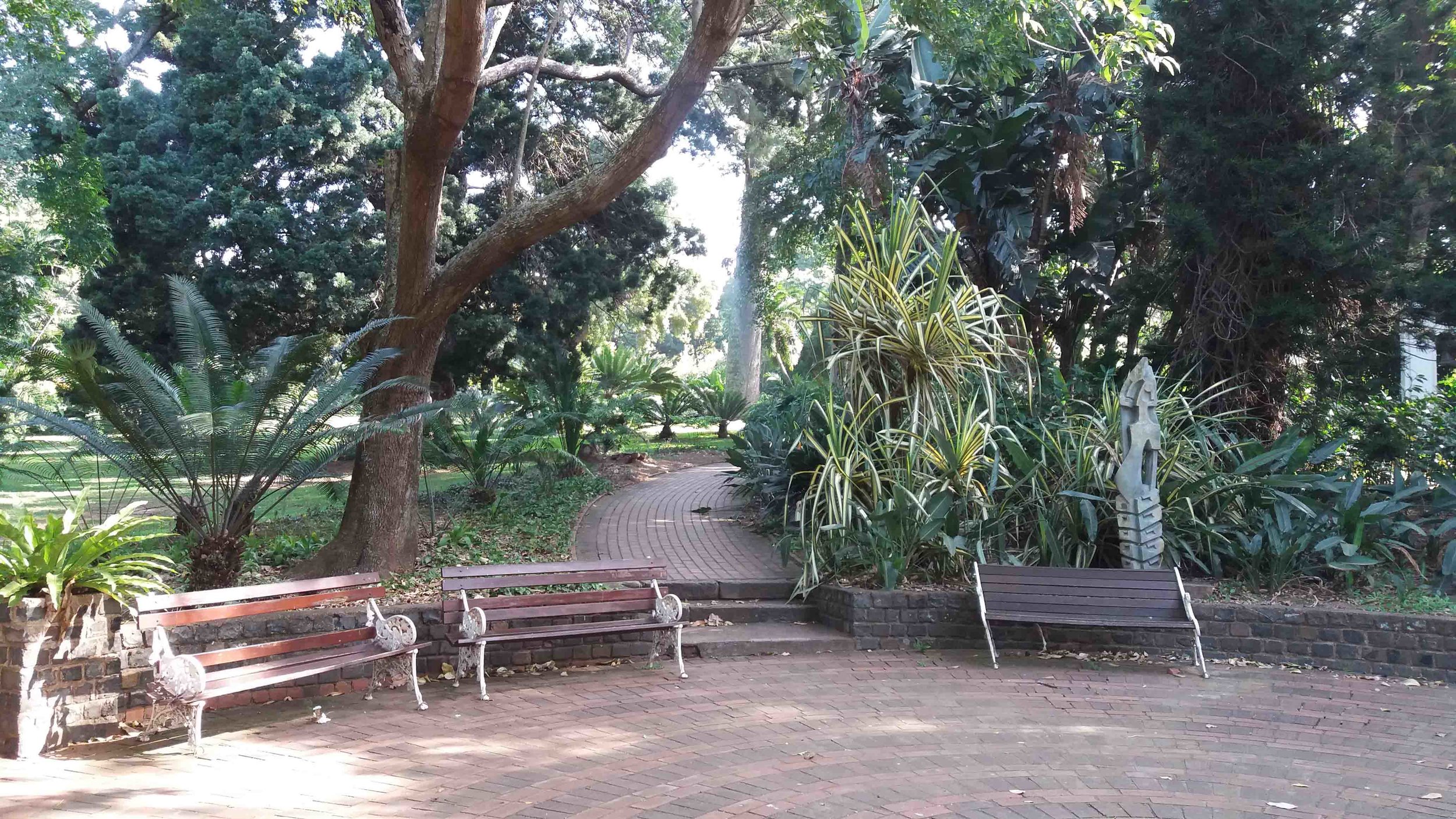Delta Park is one of my favourite outdoor spaces in Johannesburg and I regularly (almost weekly) go there to walk my dogs, picnic with friends, run or let my daughter play on the jungle gyms. It really is a wonderful, slightly wild space to visit to take a breather from city life. It is also a park that you can visit in every season and I always enjoy seeing the beautiful changes that take place throughout the year. The Autumn colours are particularly striking with a stunning display of golds, yellows, oranges and reds. This is preceded by an explosion of Cosmos flowers in the area where the veldgrass is left to grow tall. Even Winter can be striking with bare branches reflecting in the cool waters of the lakes. See images below taken on a cold and frosty Winter's morning:
Top Dam
Middle Dam
Dogs love running free in the wide open spaces
The park is situated between Craighall Park, Victory Park and Blairgowrie in Johannesburg. It is 104 hectares and consists of mostly grassland and woodland with abundant birdlife which can be viewed from two bird hides. The park includes the fenced off Florence Bloom Bird Sanctuary as well as the Delta Environmental Centre which offers environmental programmes to children and also has an auditorium and function room for hire. For a detailed history of the park and how it evolved from a sewerage works to the green space it is today see Jane Carruthers article on the Delta Environmental Centre website.
The Park is very well used, especially on weekends, and is frequented by joggers, cyclists, dog walkers, families that picnic or have birthday parties and is also often used as a location for photo shoots.
Sensitivity Map by Launch Landscape Architecture & Environmental Planning - www.launchlandarch.co.za
Poplar Walkway that borders the Delta Park School
This field is stunning when the Cosmos are in flower
Graffiti in a few selected areas, like this old reservoir, give character and make a great backdrop for photo shoots
Children's Play Area
A walk around the perimeter of the park will take roughly an hour and is about 5km. This is also the route used by Park Run every Saturday where often up to 2000 participants enjoy some exercise. When the serious runners have left you will find many dog walkers often with their dogs off their leads. A riding stable nearby offers lessons and rides through the park so it is not uncommon to see horses being taken on a slow trot through the park. There are also Girl and Boy Scouts bordering the park.
Party on the Grass next to the Top Dam
Pathway along Top Dam where houses have opened up views onto the Park
I have two parts of the park that I particularly love: the Top Dam where the adjacent lawn and big trees make it a very tranquil and inviting space and you will often see groups of people gathering here. The other area is the walk along the Braamfontein Spruit. The Spruit connects Emmarentia Park in the South and runs all the way through the suburbs to Rivonia in the North. This green belt has enormous potential as a circulation route for pedestrians and cyclists. It is already well used by cyclists but the paths are very informal (a single dirt track mostly used by mountain bikers) and certain areas are inhabited by vagrants which creates a feeling of unease. It would be wonderful to see what this park could become if the City of Joburg had the budget to apply interventions. It could become a world class inner city park that allows for sport and recreation, creates linkages, creates work opportunities, brings nature back, promotes tourism, encourages healthier lifestyles and gives Johannesburg a positive and connecting network of green open space.
Top Dam - view across to Dam Wall
Blue Bridge into Green Belt from Craighall Park
Walkway along Braamfontein Spruit in Green Belt underneath Pylons
The beautiful River often with Yellowbilled Ducks, Egyptian Geese, Swallows and Lapwings to be seen. Sometimes the dogs jump in the water and chase the ducks around :)
All images in this blog were taken using my phone so are unfortunately not the best quality. Even though it is advisable to leave your valuables at home when visiting any public place in South Africa, I often take my phone along and keep it hidden from view.
Further Reading:
http://www.jhbcityparks.com/index.php/list-of-parks-mainmenu-39/36-delta-park
https://deltaenviro.org.za/rand-water-water-wise-garden/
http://www.parkrun.co.za/delta/
https://www.lucilledavie.co.za/single-post/2011/09/09/Birds-flock-to-Delta-Park
https://www.lucilledavie.co.za/single-post/2002/05/02/Delta-Park-proves-that-exotics-can-be-useful

